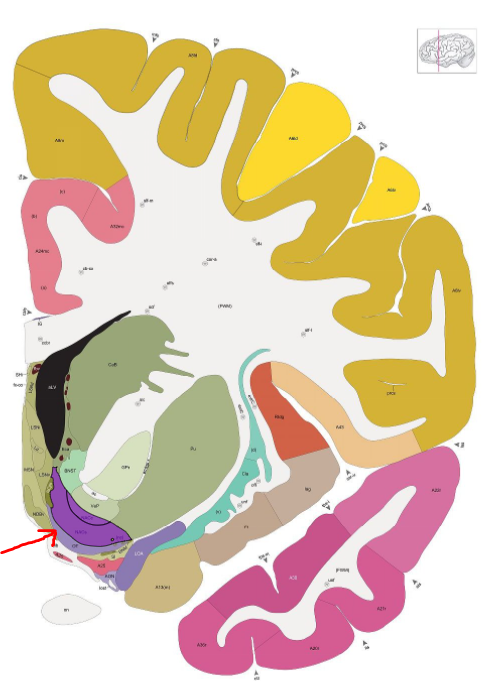Shadow is a term coined by Carl Jung to represent “the unknown, dark side of the personality”. The neuromythography interpretation of Shadow is that it principally refers to the right hemisphere of the brain, which tends to be less verbal, more metaphorical, more global, more individualistic, and more visual.
An anecdotal study:
Michael Gazzaniga and Roger W. Sperry, the first to study split brains in humans, found that several patients who had undergone a complete calloscotomy suffered from split-brain syndrome. In patients with split-brain syndrome, the right hemisphere, which controls the left hand and foot, acts independently of the left hemisphere and the person’s ability to make rational decisions. This can give rise to a kind of split personality, in which the left hemisphere give orders that reflect the person’s rational goals, whereas the right hemisphere issues conflicting demands that reveal hidden desires.
Gazzaniga and Sperry’s split-brain research is now legendary. One of their child participants, Paul S., had a fully functional language center in both hemispheres. This allowed the researchers to question each side of the brain. When they asked the right side what their patient wanted to be when he grew up, he replied, “an automobile racer.” When they posed the same question to the left, however, he responded, “a draftsman.”
I find this anecdote relates to the notion of Shadow as “that part of the Self that we are embarrassed about”.
See also: Persona
